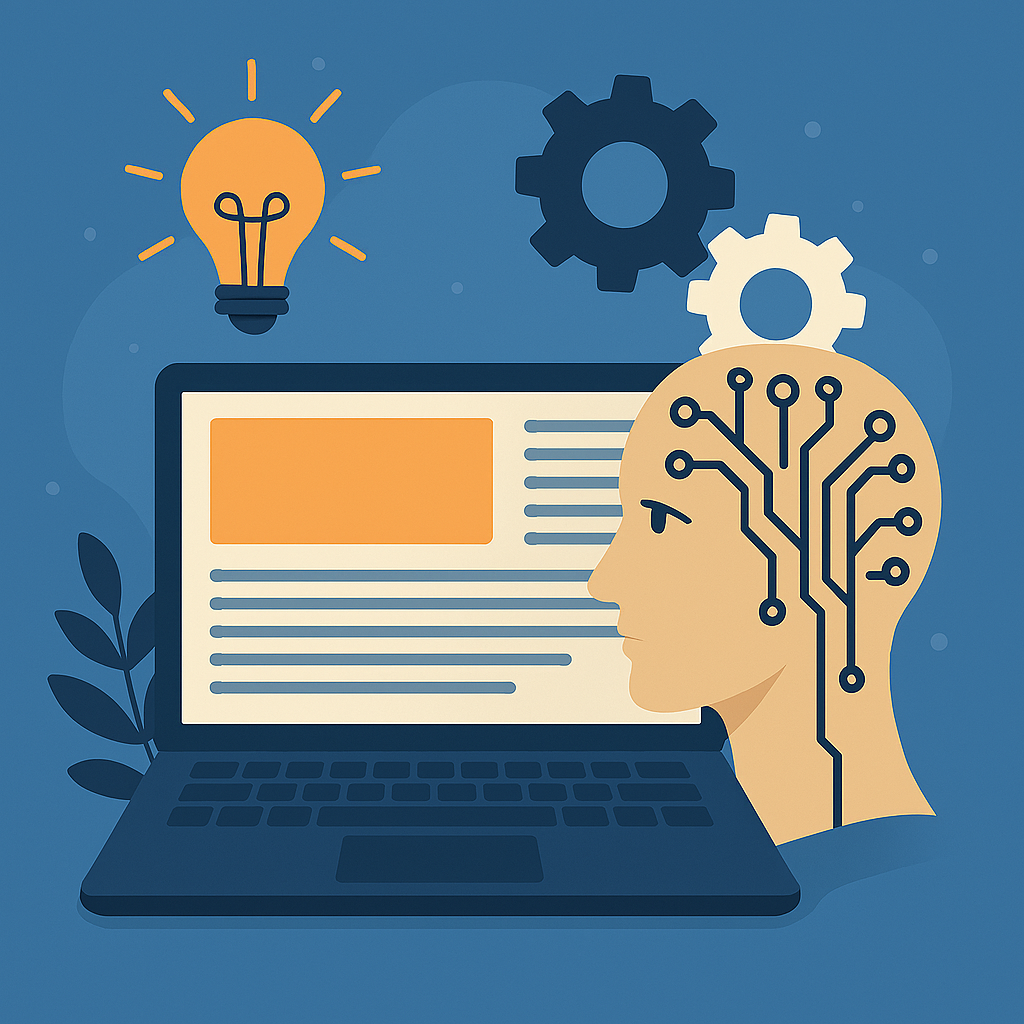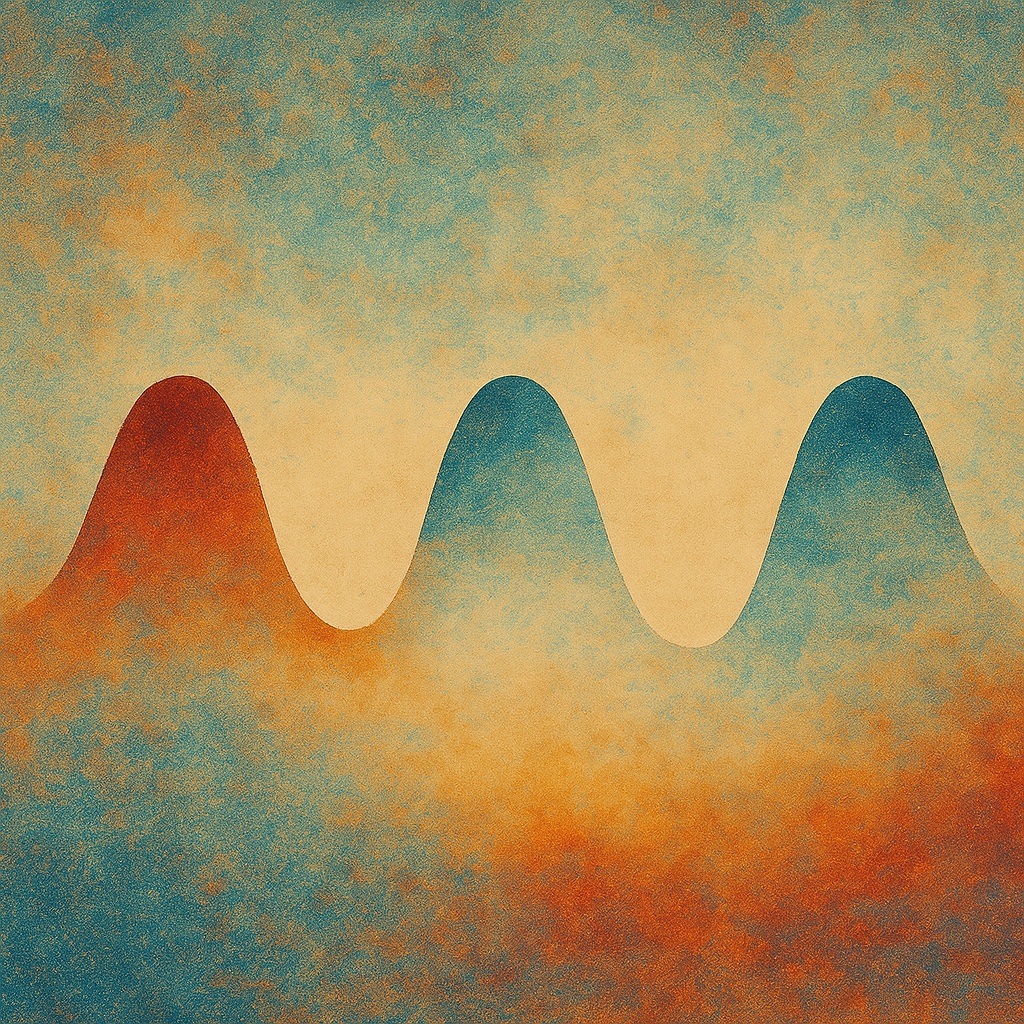Learnings & Experiences
-

Emptiness
When I take a close look at anything, it seems to dissolve and eventually disappear. Behind everything, there is just emptiness. There is no solid stuff. It’s all empty. I understand that this can be a lot to take all at once. Let’s unpack it gently. What does ’empty’ mean? The word “empty” means exactly…
-

Beyond Self-Improvement: Letting Go of the Separate Self
We live in the age of self-improvement. Therapy, trauma-healing, productivity hacks, and endless self-help advice promise to make us better, happier, more fulfilled versions of ourselves. But have you ever stopped to ask: who or what is actually being improved? Is there really a fixed “self” at the center of all these efforts, or is…
-

The Matrix Got It Wrong!
The 1999 blockbuster “The Matrix” unpacked so many complex philosophical ideas in a way that complete non-philosophers could comprehend and munch on them. I clearly notice a fundamental shift in my understanding of reality before and after The Matrix. When I watched it for the first time, I knew I got something, but couldn’t put…
-

Turiya (Pure-Consciousness)
Many spiritual traditions say that enlightenment reveals the world as an illusion and lets you see true reality. But what does that really mean? The Mandukya Upanishad describes four states of human experience: waking, dreaming, deep sleep, and a fourth called Turiya. The Four States The first three—waking, dreaming, and deep sleep—are familiar to us.…
-

Pull back from the machine
Introduction Recently my older brother stumbled upon a AI documentation generator called DeepWiki, and shared a full documentation of my Scrite project he generated using it. DeepWiki can parse the source code of any project hosted on a public Git repository like GitHub and construct documentation explaining the architecture and implementation. Benefits of AI-Documentation Back…
-

Observer = Observed
On my morning walk in the park today, I had this very surreal knowing that my mind was I was reduced to a mere witness of this whole show. Yet, oddly, it did not feel like a reduction. It felt like the mind was dipping into “me” to construct both the world and the experiencer…
-

Morality, Choice, Free-Will, and Responsibility
In our everyday experience, we often think of ourselves as a separate “Self”-a permanent entity that is distinct from everything else in the world, including other people and things. This sense of separation can lead to anxiety, fear, and other forms of suffering. Non-duality offers a radical shift in perspective. Instead of seeing ourselves as…
-

On Memory
Memory is whatever the mind brings up. Hypothetically, the mind can create random images, thoughts, and bodily sensations that feel like memories. Even when the body-mind system is working perfectly, memory is always at the mercy of whatever it pulls up in the moment. It’s possible that the body-mind system isn’t buggy and it never…
-

māyā – ಮಾಯಾ – माया
The term māyā is often translated as “illusion”—a powerful force that makes the dualistic world appear real, even though only the non-dual Brahman truly exists. However, I prefer to interpret māyā not as “illusion” but as “disappearance” or “vanishing” (in its street-Kannada sense). In truth, all of reality is constantly vanishing into a void. This…
-

Awareness is always after the fact
Awareness is always of what has already happened. I become aware of what I see only after the seeing has occurred.I become aware of what I hear only after the hearing has happened.I become aware of what I touch only after the touch has occurred.I become aware of what I taste only after the tasting…
-

The feeling of thoughts
When I look at an object, like the cup on the table next to my laptop right now, the visual feel of the object is entirely driven by the physical object itself. In this case, I am not imagining or making up the visual feel of the cup. It looks the way the cup intends…
-

The End of Suffering
I think the purpose of meditation matters a lot. If we are after enlightenment, then its pursuit becomes a craving in itself and that ends up being a hindrance. However, if our intention is to end suffering, then we have a far more practical goal and infact letting go of craving becomes so much more…
-

Meditation: Relaxation Taken to the Extreme
Meditation is, in many ways, the art of pushing relaxation to its ultimate limit. We begin by relaxing the body, releasing tension and tightness as soon as we sense them. This can be done through techniques like body scanning, as practiced in Vipassana, or by focusing on the breath. With each distraction, we gently return…
-

Formless Forces Move Formations (or Content)
I’ve noticed that gravity, even though it’s formless, still moves things—physical objects—toward its source. The same goes for magnetic force; it’s formless too, yet it pulls or pushes specific things, like certain metals, depending on the source. While it seems like these forces come from physical objects—a heavy mass for gravity, a magnet for magnetic…
-

The “Self-Process”
It seems to me that “Self” is a process, and not an identity or a thing, let alone a living thing. Every now and then, you may have noticed that your mind is filled with “review thoughts,” as in thoughts that revisit/review When such thoughts show up, you may get “attracted” or “sucked into” to…